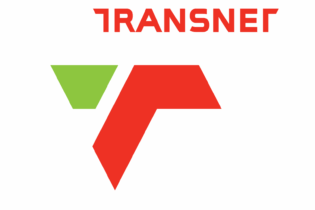By Dr Dinesh Kumar
Though South Africa enjoys the limelight among developing nations, and it is part of the Brazil, Russia, India, China and South Africa (BRICS) focus group, it still experiences challenges with its local and Africa supply chain. As the BRICS economies struggle to deliver anticipated growth, supply chains in South Africa are under pressure to compete with the rest of the continent’s growing supply chains.The majority of supply chains in this country are in the‘survival’ stage of maturity. This means that there are no defined objectives for the supply chain and no optimisation.In turn, thiscreates additional pressure on the South Africa’s home-grown industries operating in wider African continent perspective. South Africa has enormous potential for attracting international companies and thus foreign direct investment,makingthe countrya hotspot for future growth, but that growth has to be supported by resilient supply chains. The current survival mode is not a suitable maturity level for supply chains to excel and to prosper. Some chains have to look towards migrating to a mode that focuses on improving efficiencies, reducing costs and increasing service levels. In order to survive this downturn and to continue to increase efficiencies in BRICS economies, companies should consider acomplete total cost of ownership (CTCO) model.This model, whichis more relevant in this economic climate,focuses onlonger-term sustainable gains over the lifecycle of the products in the supply chain, rather than on immediate savings.The approach in South African supply chains is based on costing models that take into account only the hard costs. Hard costs, including material, transportation, warehousing and customs clearance, are well-defined and measurable. However, the changing dynamics in consumer behaviour and increasing risks and issues in the supply chainsmakes managing soft costs equally important. Soft costs including skills shortages, red tape and corruption are difficult to quantify.Companies normally measure supply chain costs that are easy to ascertain and manage. However, the true impact of producing a good or distributing into Africa is not well represented if managers are not calculating the CTCO.
To quantify these soft costs, supply chain managersfirstly need to assess their supply chain setup, the processes involved in bringing products and services to market and possible economic, regulatory and marketconstraints. Secondly, managers need to obtain benchmark data from similar supply chains locally or globally to determine acceptable limits for these softer costs. Thirdly, managers need to set up a regular mechanism to measure and to monitor these costs. Accurate data is crucial for this approach to work. Obtaining expert opinion is one of the mechanisms that can be used to verify the validity of that data. However, if data is not available, managers can use a percentage of total cost as a rule of thumb.Over period of time, the CTCO setup is enriched with continuous feedback and fine-tuning. Buy-in from the organisation’s wide stakeholder base is equally important to drive a change in behaviour in the supply chain. South African supply chain managers need to employ the CTCO model to harness efficiencies and save costs at the right place and the right time. This will enable them to move from a ‘survival’ to an ‘optimal’ level of maturity in the supply chain lifecycle.This will allow them to compete more successfully with global supply chains.







